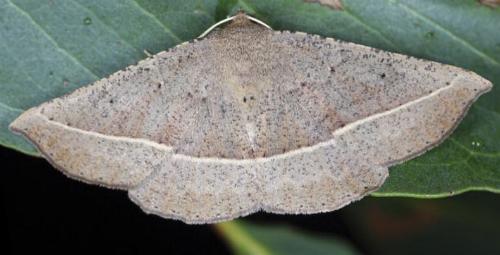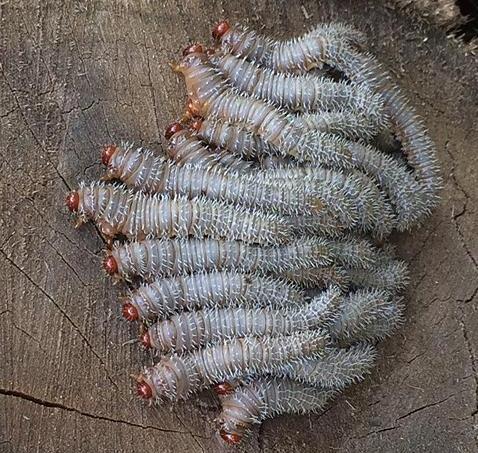
| ( donherbisonevans@yahoo.com) and Stella Crossley |

| ( donherbisonevans@yahoo.com) and Stella Crossley |
Identifying Lepidoptera species can be very difficult.
Each species has some special character that allows identification.
Many species have a unique topside wing pattern and colour, and they are easy. For rarer moths, the pattern must be compared with those in an extensive collection, such as a local museum, or if that fails: the Australian National Insect Collection in Canberra.
 Idiodes apicata |  Idiodes siculoides |
But many species have similar wing patterns. Some species have quite varied wing patterns, more varied within the species than between species, So other information is often needed.
For example with Lycaenidae, it is the underside. So a photo of the underside to go with one of the topside view is the way to be sure about what was photographed.
Different species have adapted over the millenia to particular climates, so the area and circumstances in which a moth is found often give clues to its identity.
Some moths can be identified most easily from the colour and pattern of their caterpillars, or even the foodplant of the caterpillars. But some genera and even families of moths have caterpillars that are superficially the same for all the species.
So that still leaves many moths that can only be identified by microsopic examination of their genitalia.
To discover what distinguishes a particular species, one needs to read the original scientific publication in which the species was first desribed. That is why original authors' names are often attached to the scientific name, to facilitate finding that publication.
 FAQ |  butterflies |  FAQS |  Lepidoptera |  moths |  FAQ |
(updated 21 April 2009, 11 November 2021)